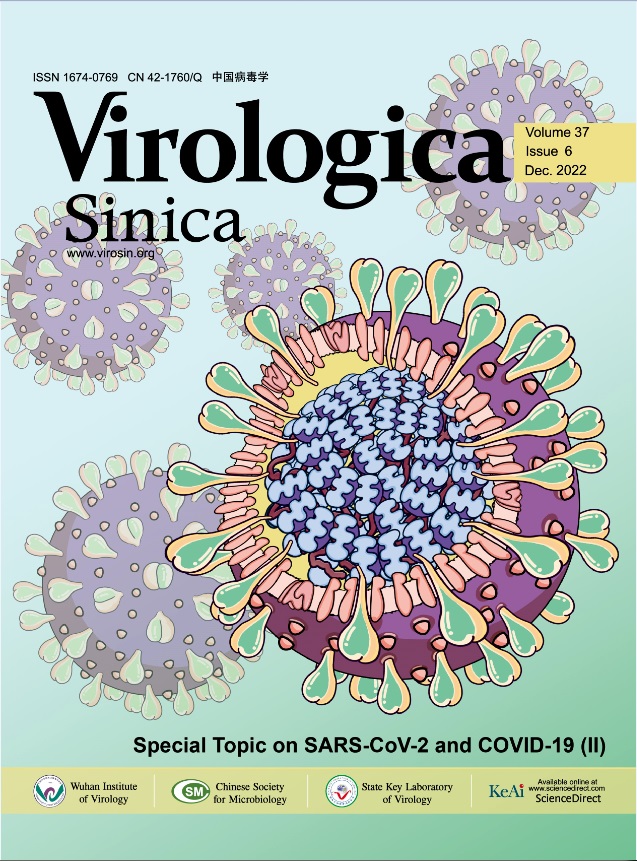-
Cai, J., Deng, X., Yang, J., 2022. Modeling transmission of sars-cov-2 omicron in China. Nat. Med. 28, 1468-1475.
-
Erman Daloğlu, A., Er, H., Sepin Özen, N., Çekin, Y., 2022. Evaluation of the rapid antigen detection kit with the polymerase chain reaction for detection of sars-cov-2 in respiratory samples. Mikrobiyoloji Bulteni 56, 263-273.
-
Galliez, R.M., Bomfim, L., Mariani, D., Leitão, I.C., Castiñeiras, A.C.P., Gonçalves, C.C.A., Ortiz da Silva, B., Cardoso, P.H., Arruda, M.B., Alvarez, P., Brindeiro, R., Ota, V.A., Rodrigues, D.G.M., da Costa, L.J., Ferreira Jr., O.D.C., Castiñeiras, T.M.P.P., Faffe, D.S., Tanuri, A., 2022. Evaluation of the panbio COVID-19 antigen rapid diagnostic test in subjects infected with omicron using different specimens.Microbiol. Spectr. 10, e0125022.
-
Gans, J.S., Goldfarb, A., Agrawal, A.K., Sennik, S., Stein, J., Rosella, L., 2022. Falsepositive results in rapid antigen tests for sars-cov-2. JAMA 327, 485-486.
-
Hardick, J., Gallagher, N., Sachithanandham, J., Fall, A., Siddiqui, Z., Pekosz, A., Manabe, Y.C., Mostafa, H.H., 2022. Evaluation of four point of care (POC) antigen assays for the detection of the SARS-CoV-2 variant omicron. Microbiol. Spectr. 10, e0102522.
-
Kızıloglu, I., Sener, A., Siliv, N., 2021. Comparison of rapid antibody test and thorax computed tomography results in patients who underwent RT-PCR with the prediagnosis of COVID-19. Int. J. Clin. Pract. 75, e14524.
-
Kyritsi, M.A., Speletas, M., Mouchtouri, V., Vachtsioli, E., Babalis, D., Kouliou, O., Tsispara, A., Tseroni, M., Hadjichristodoulou, C., 2022. Performance evaluation of a rapid antigen test (RAT) during omicron pandemic wave in Greece, conducted by different personnel, and comparison with performance in previous wave (Alpha variant) period. Diagnostics 12, 1048.
-
Lin, J., Frediani, J.K., Damhorst, G.L., Sullivan, J.A., Westbrook, A., McLendon, K., Baugh, T.J., O’Sick, W.H., Roback, J.D., Piantadosi, A.L., Waggoner, J.J., Bassit, L., Rao, A., Greenleaf, M., O’Neal, J.W., Swanson, S., Pollock, N.R., Martin, G.S., Lam, W.A., Levy, J.M., 2022. Where is omicron? Comparison of SARS-CoV-2 RT-PCR and antigen test sensitivity at commonly sampled anatomic sites over the course of disease. medRxiv 9, 2022.02.08.22270685.
-
Mane, A., Jain, S., Jain, A., Pereira, M., Sirsat, A., Pathak, G., Bhoi, V., Bhavsar, S., Panda, S., 2022. Diagnostic performance of oral swab specimen for sars-cov-2 detection with rapid point-of-care lateral flow antigen test. Sci. Rep. 12, 7355.
-
Parikh, A., Cooper, L., Frogel, D., Le Benger, K., Cooper, C.K., Parvu, V., 2022. Large-scale sars-cov-2 antigen testing with real-world specimens. Front. Public Health 10, 836328.
-
Peeling, R.W., Heymann, D.L., Teo, Y.Y., Garcia, P.J., 2022. Diagnostics for covid-19:moving from pandemic response to control. Lancet 399, 757-768.
-
Schrom, J., Marquez, C., Pilarowski, G., 2022. Comparison of sars-cov-2 reverse transcriptase polymerase chain reaction and binaxnow rapid antigen tests at a community site during an omicron surge : a cross-sectional study. Ann. Intern. Med. 175, 682-690.
-
Shanghai Municipal Health Commission, 2022. News release. https://wsjkw.sh.gov.cn/xwfb/index.html. (Accessed 14 May 2022).
-
Viana, R., Moyo, S., 2022. Rapid epidemic expansion of the sars-cov-2 omicron variant in southern africa. Nature 603, 679-686.
-
Weishampel, Z.A., Young, J., Fischl, M., Fischer, R.J., Donkor, I.O., Riopelle, J.C., Schulz, J.E., Port, J.R., Saturday, T.A., van Doremalen, N., Berry, J.D., Munster, V.J., Yinda, C.K., 2022. OraSure InteliSwabTM rapid antigen test performance with the SARS-CoV-2 variants of concern-alpha, Beta, Gamma, Delta, and omicron. Viruses 14, 543.
-
WHO, 2022. Who coronavirus (covid-19) dashboard. https://covid19.who.int/. (Accessed 5 August 2022).
-
Yang, Y.P., Huang, L.L., Pan, S.J., Xu, D., Jiesisibieke, Z.L., Tung, T.H., 2022. Falsepositivity results in rapid antigen tests for sars-cov-2: an umbrella review of metaanalyses and systematic reviews. Expert Rev. Anti Infect. Ther. 4, 1-9.
-
Yıldırım, F., Gulhan, P.Y., Diken, Ö.E., Capraz, A., Simsek, M., Yildirim, B.B., Taysi, M.R., Ozturk, S.Y., Demirtas, N., Ergil, J., Dirican, A., Uzar, T., Karaman, I., Ozkaya, S., 2021. Role of serological rapid antibody test in the management of possible COVID-19 cases. World J. Exp. Med. 11, 44-54.
-
Zhang, X., Zhang, W., Chen, S., 2022. Shanghai’s life-saving efforts against the current omicron wave of the covid-19 pandemic. Lancet 399, 2011-2012.















 DownLoad:
DownLoad: